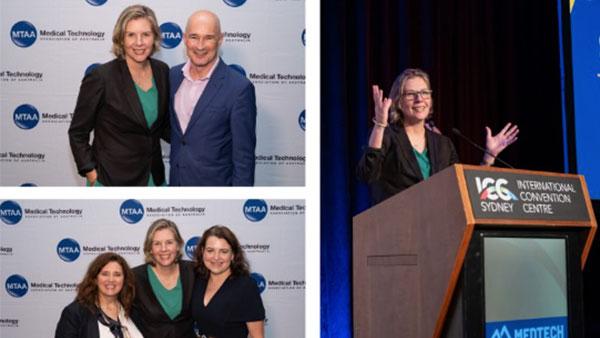
Private Health Insurance claims on Medical Device Pricing Debunked
Today the Medical Technology Association of Australia (MTAA) has released a PwC analysis of the impact of potential price changes to medical devices on the Prostheses List (PL).
This analysis shows a difference between public and private pricing of medical devices of $305.7 million. This is considerably less than the entirely misleading fake claim of $800 million made by the taxpayer subsidised private health insurance industry.
It shows there is a total differential of 15.3% between public pricing and private pricing of medical devices.
There are many factors which influence the costs of prostheses between the two markets including:
- In the public sector, prostheses are mostly purchased through tendering arrangements with a focus on bulk purchasing and limited prostheses that enables lower costs and lower pricing;
- Private hospital purchasing is generally based on a single purchase at a time based on surgeon preference;
- The level of regulatory hurdles in the private sector delays market entry which comes at a significant cost to the medical device industry given the relatively short life cycle of devices due to the high rate of incremental innovation; and
- The level of technical manufacturer support required is significantly higher in the private market for certain products, for example for cardiac devices. In the private health services, this support is largely provided by the medical device companies while in public health services these activities are delivered by public hospitals.
The PL contributes significantly to the key value propositions of private health insurance (PHI) for consumers over the public hospital sector – choice of medical device.
The PL represents only 14% of PHI expenditure for hospital cover policies compared to hospital benefits which comprise 70% of the costs and medical service benefits which comprise 16% of these costs.
The growth in the average PL benefit has fallen by 20% in real terms since March 2007. This means patients are getting at least 20% better value from the PL than they were 10 years ago.
Meanwhile, PHI premiums have increased on average by 54.6% since 2009, with more increases to come according to PHI CEOs which will only further increase their profits.
Ian Burgess, Chief Executive Officer of the Medical Technology Association of Australia said:
“MTAA and its members recognise the importance of PL reform and increased transparency but it needs to be based on facts and not fiction when it comes to evidence.
“This analysis represents almost 80% of the PL expenditure and is the most comprehensive and robust data set that exist incorporating 6958 of the 10454 products on the PL.
“The PHI industry is the only industry in Australia that receives over $6 billion in taxpayer funded subsidies every year, and guaranteed price increases above inflation every year.
“We saw evidence to a recent Senate Committee where a major PHI player confirmed that its return on equity was 29% which is nearly double that of the banks. Yet apparently, the prostheses list is the problem?
“Patients should not have healthcare options available to them curtailed in the name of taxpayer subsidised profits.
“MTAA is working with Government to deliver reforms which improve patients access to the best medical devices in the private system.”
